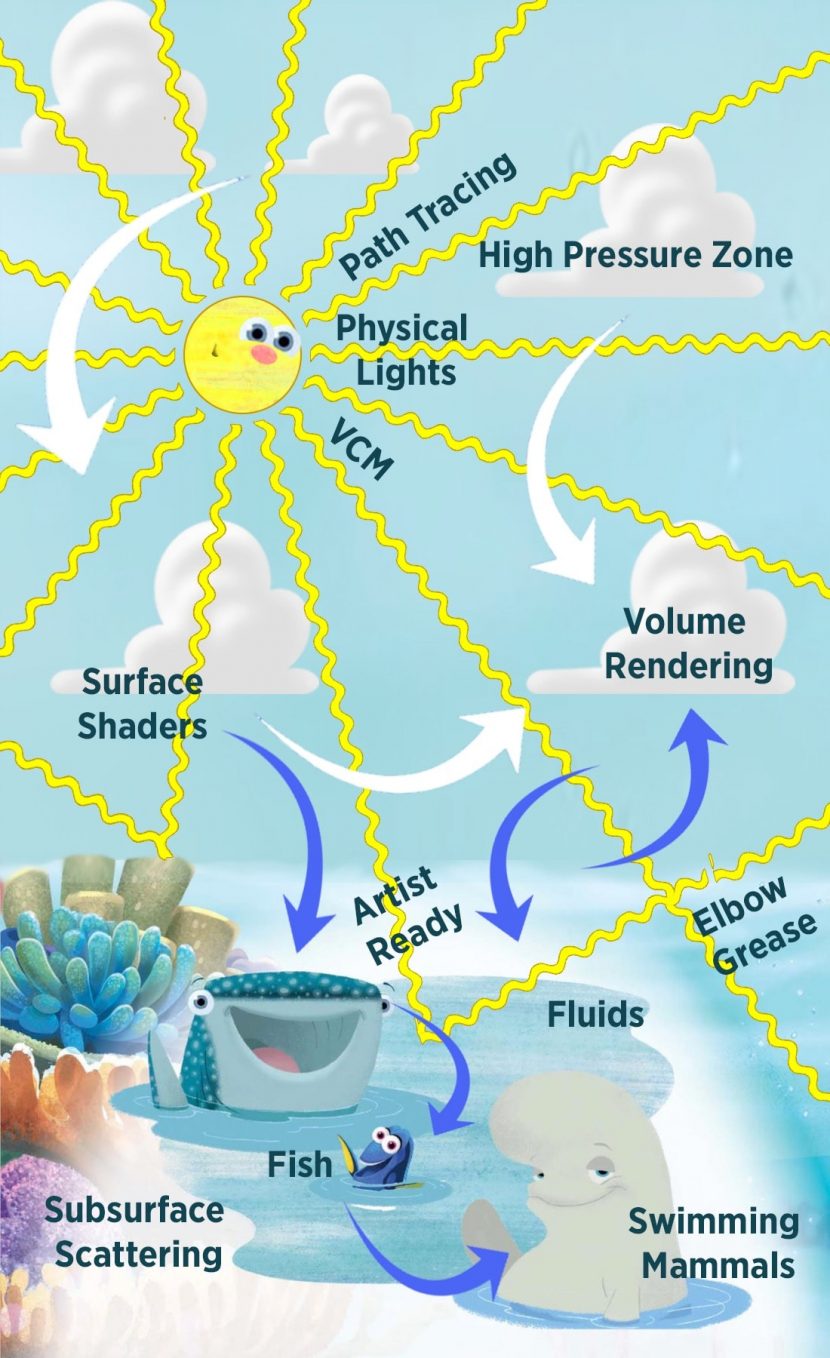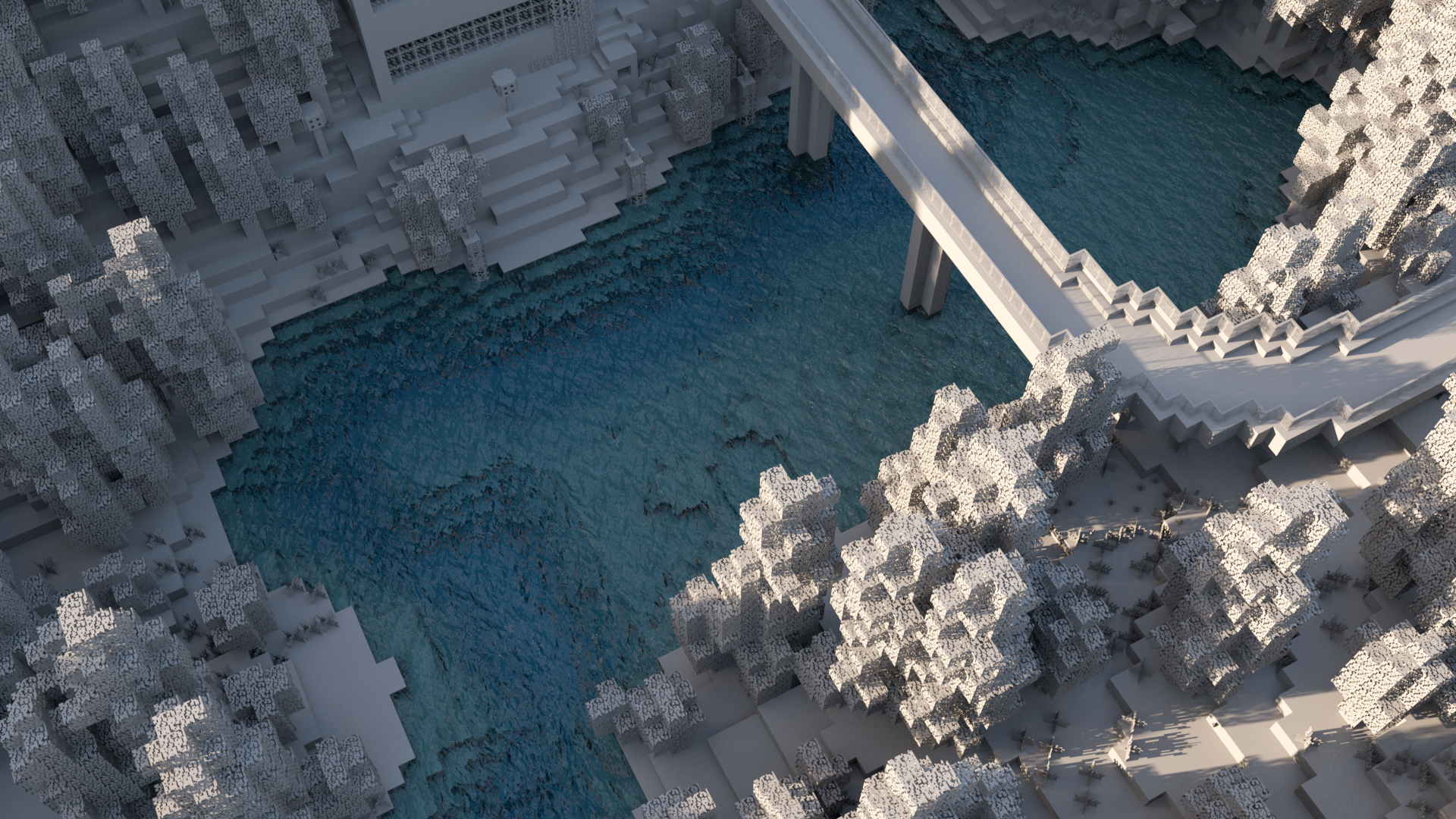

Snell's Law is not easy to code with this formulation, because it only imposes one restriction, making the computation of the refracted ray nontrivial. The index of refraction, IOR, can then simply be written as the ratio of the sines of the angles of the incident and refracted rays. In the preceding equations, 1 and 2 are the indices of refraction for the respective materials, and 1 and 2 are the incident and refraction angles, as shown in Figure 2-2. Let's forget about reflection for a moment and see how transmitted photons are refracted according to Snell's Law, which states that: A fraction of these photons eventually collide with the ocean surface, which either reflects or refracts them. To simulate it properly, we must begin by shooting photons from the light source (for example, for a sea scene, the Sun). 2.2 Computing CausticsĬomputing underwater caustics accurately is a complex process: millions of individual photons are involved, with many interactions taking place. Because the technique is procedural, it yields elegantly to an implementation using a high-level shading language. The purpose of this chapter is to expose a new technique for rendering real-time caustics, describing the method from its physical foundations to its implementation details. This simplified approach has proven very successful in many fractal-related disciplines, such as mountain and cloud rendering or tree modeling.

As we show in this chapter, the results of our approach look remarkably realistic, and the method can be implemented easily on most graphics hardware. The result is a scene that looks good, but may not correctly simulate the physics of the setting. Our purely aesthetics-driven approach simply leaves realism out of consideration. This chapter explains an aesthetics-driven method for rendering underwater caustics in real time. It is not easy to achieve good results at interactive frame rates, and thus creative approaches must often be taken.Ĭaustics result from light rays reflecting or refracting from a curved surface and hence focusing only in certain areas of the receiving surface. Simulating and rendering realistic water is, like simulating fire, a fascinating task. These phenomena and their complexity have attracted many researchers from the fields of physics and, in recent years, computer graphics. There is something hypnotic about the way water interacts with light: the subtle reflections and refractions, the way light bends to form dancing caustics on the bottom of the sea, and the infinitely varied look of the ocean surface. Universitat Pompeu Fabra/Novarama Technology 2.1 Introduction The CD content, including demos and content, is available on the web and for download. You can purchase a beautifully printed version of this book, and others in the series, at a 30% discount courtesy of InformIT and Addison-Wesley. GPU Gems GPU Gems is now available, right here, online.


 0 kommentar(er)
0 kommentar(er)
